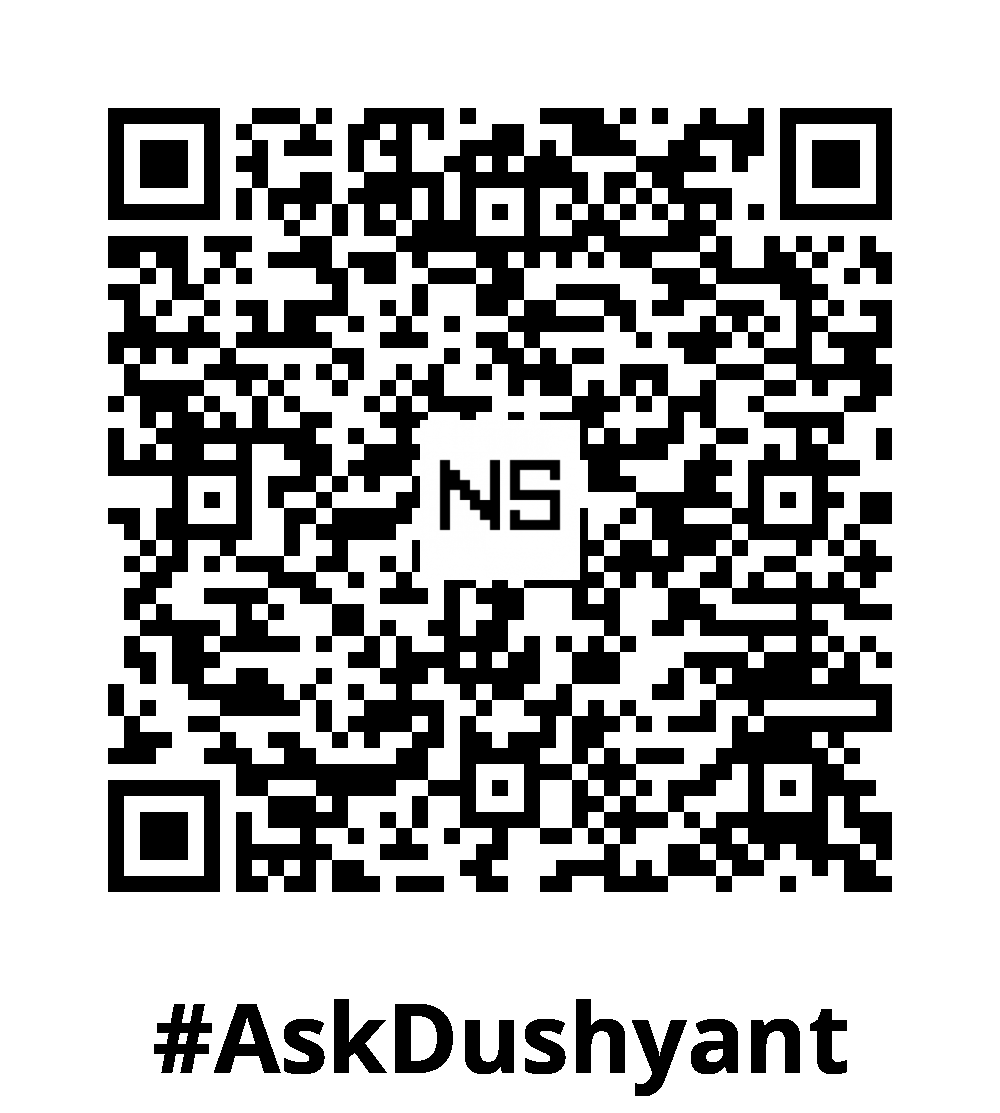Throughout my career in tech industry, I have had the privilege of building multi-tenant software solutions tailored to diverse sectors such as travel, edutech, and HR. I have worked extensively to cater to clients in these industries, providing them with rich and seamless experiences powered by cutting-edge technology. Understanding the essence of Multi-Tenant Architecture, I have been able to serve esteemed clients efficiently, ensuring data privacy, scalability, and cost-effectiveness. Regularly releasing new and innovative features to all clients has been a testament to the adaptability and agility of this architecture, cementing its position as a game-changer in the ever-evolving landscape of enterprise software development.
In today’s fast-paced digital landscape, the demand for scalable and cost-effective software solutions has never been higher. Multi-Tenant Software Architecture has emerged as a game-changer, providing a versatile approach to cater to multiple clients or tenants using a single software instance. Through this blog post, I will share the fundamentals of Multi-Tenant Architecture, its diverse implementation methods, and the compelling use cases where it shines. We’ll also delve into the impact of this architecture in the cloud technology era, unlocking unprecedented cost-effective and cutting-edge experiences.
Understanding Multi-Tenant Software Architecture
Multi-Tenant Architecture refers to a software design pattern where a single instance of the application serves multiple clients or tenants, securely segregating their data and configurations. This efficient sharing of resources results in significant cost savings, reduced maintenance efforts, and seamless scalability to accommodate the evolving needs of multiple users.
Different Ways to Implement Multi-Tenant Architecture
- Shared Database: In this approach, all tenants share a common database, with each tenant’s data uniquely identified by a tenant ID. While this implementation is straightforward, it may lead to challenges in terms of data isolation and potential performance issues.
- Separate Instance and Databases: Here, each tenant gets its own dedicated instance and database, ensuring strict data isolation and enhanced performance. This approach provides better security and allows more flexibility in managing each tenant’s data. But will be chaotic in term of maintenance and release deployment.
- Shared Everything: With this implementation, tenants share both the application and the database, achieving the highest level of resource efficiency. However, ensuring strict data segregation and isolating tenant configurations can be more complex but also provide ease of feature release to all client.
Use Cases for Multi-Tenant Architecture
- SaaS (Software as a Service) Applications: Multi-Tenant Architecture is a natural fit for SaaS applications, as it allows service providers to efficiently cater to multiple customers while maintaining data privacy and performance.
- Enterprise Solutions: For businesses with multiple branches or departments, Multi-Tenant Architecture streamlines data management, centralizing resources and enhancing collaboration.
- E-commerce Platforms: Multi-Tenant Architecture enables e-commerce platforms to host multiple vendors, providing them with dedicated spaces while optimizing resource utilization.
Feature and Experience of Multi-Tenant Solution
Multi-Tenant Architecture shines even brighter, offering additional features that streamline the deployment process and enhance the overall user experience. With new tech solutions, releasing new features becomes a seamless experience, enabling businesses to deploy updates across all tenants effortlessly. The ease of rollout and deployment ensures that clients benefit from the latest enhancements without any disruption to their tech solutions. Moreover, Multi-Tenant Architecture’s capability for quick rollback in case of unforeseen issues provides an added layer of assurance to clients, ensuring uninterrupted access to their software with minimal downtime. This one-view experience to clients, where they can enjoy new features seamlessly and receive continuous support, solidifies Multi-Tenant Architecture’s position as an innovative and efficient solution in the dynamic technology era.
Multi-Tenant Architecture thrives in cloud era, leveraging the scalability and elasticity of cloud environments. Cloud providers offer cost-effective, pay-as-you-go pricing models, enabling businesses to scale resources according to demand, ensuring optimal performance and cost efficiency. Additionally, the cloud’s high availability and disaster recovery capabilities enhance the reliability of Multi-Tenant applications, delivering an uninterrupted user experience.
Multi-Tenant Software Architecture has proven to be a transformative force in the modern software landscape. By efficiently serving multiple tenants through a single instance, it empowers scalability, cost-effectiveness, and resource optimization. Its seamless integration with cloud technology opens doors to unparalleled experiences, enabling businesses to embrace cutting-edge technologies without breaking the bank. As we move into a future driven by innovation, Multi-Tenant Architecture will continue to play a pivotal role in revolutionizing how software is built, deployed, and experienced, empowering organizations to thrive in the dynamic digital realm.
#AskDushyant


Leave a Reply